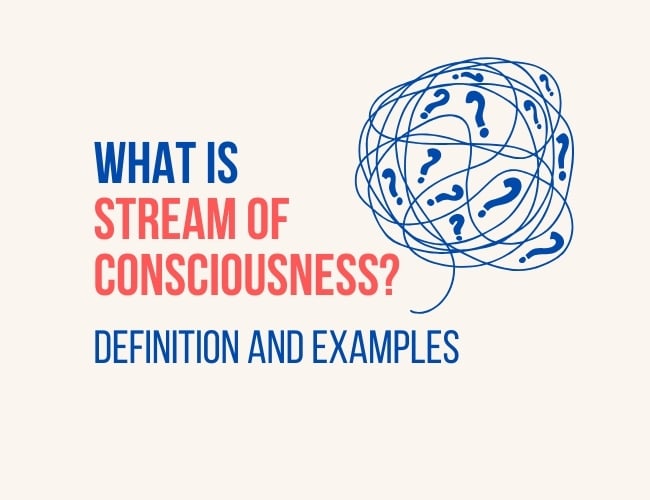
by Guest Blogger |
“Stream-of-Consciousness” is a literary technique that focuses on sensory details, what we see and hear and feel and think in the moment. It’s usually written in incomplete sentences that jump around as they please. It’s the type of writing that tells you to completely forget everything else you’ve learned about writing and give in to the flow of ideas.
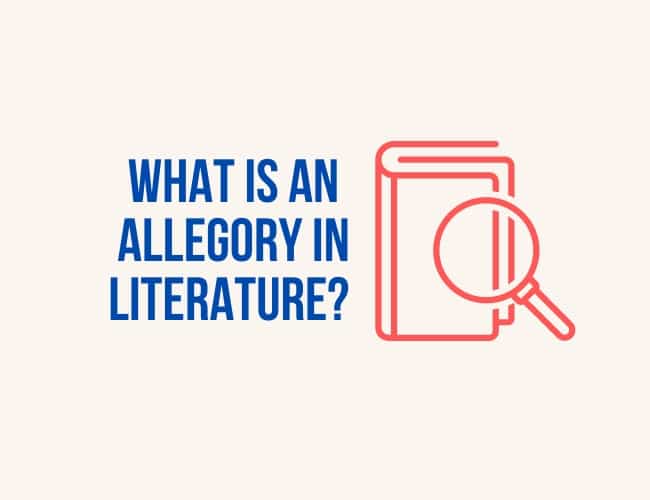
by Joe Bunting |
Allegory is one of those literary terms you’re pretty sure you learned about in school, but it can be difficult to put it into words. So what is an allegory in literature? Today you’ll be able to define it and identify allegory in some well known examples whether you’re studying allegory for school or for your own writing!
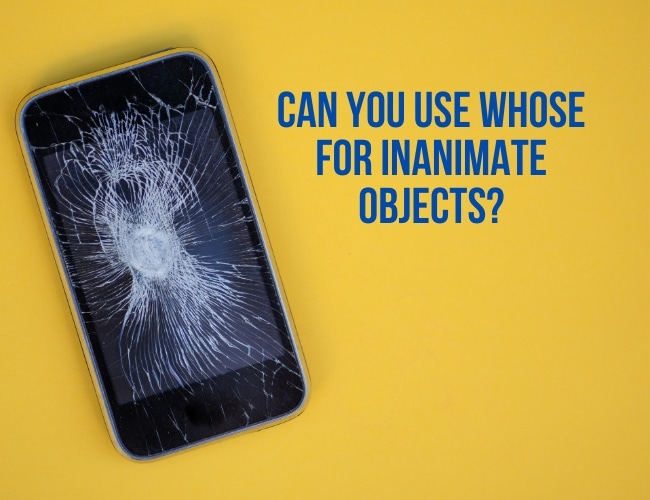
by Liz Bureman |
Today, Joe brought my attention to a strange quirk of the English language: we use “whose” for inanimate objects. It sounds so weird when you use the phrase like, “I placed the iPhone whose screen is broken in the bin,” but it’s technically grammatically correct.
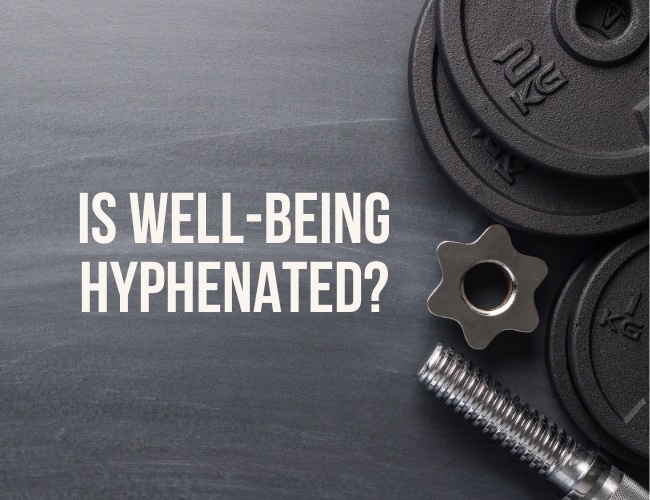
by Robert Harrell |
The Merriam-Webster dictionary tells us that well-being refers to “the state of being happy, healthy, or prosperous.”
Knowing what the term means, though, doesn’t help us with its spelling. For that, an understanding of how words evolve in the English language may be helpful. Let’s explore the correct spelling of well-being. Is it hyphenated or not?
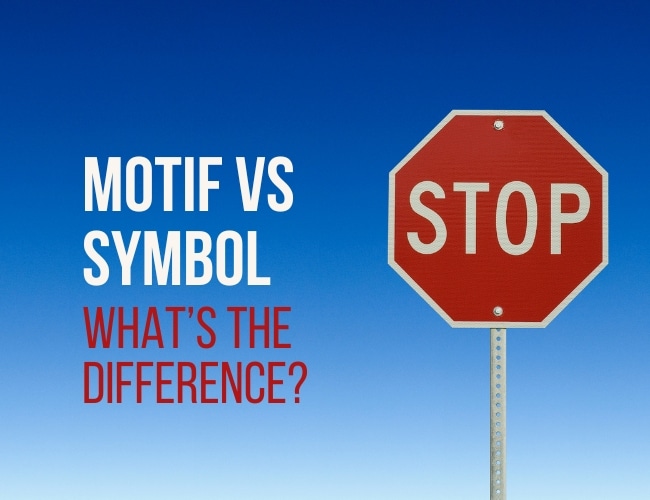
by Liz Bureman |
Using the novel Divergent by Veronica Roth as an example, we look at the difference between a symbol vs. motif, and how they affect the story.

by Robert Harrell |
According to Merriam-Webster, a colloquialism is “a colloquial expression.” Wasn’t that helpful?
When we look up “colloquial,” we learn that it means, “used in or characteristic of familiar and informal conversation.”
So, a colloquialism is an expression used in or characteristic of casual speech. It can also be a local or regional dialect expression. This is critically important to understand as you write dialogue for characters.





